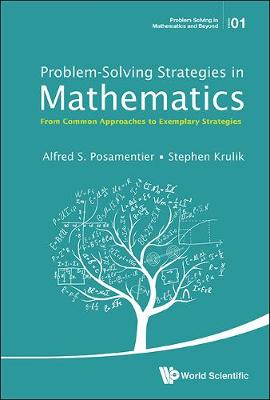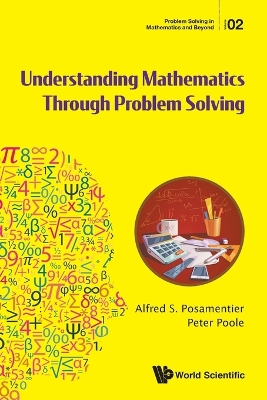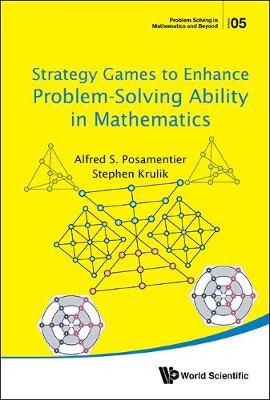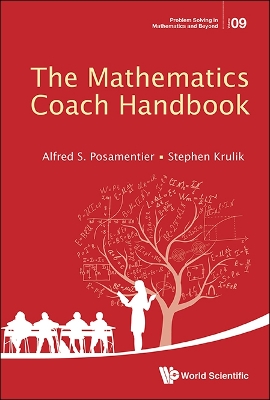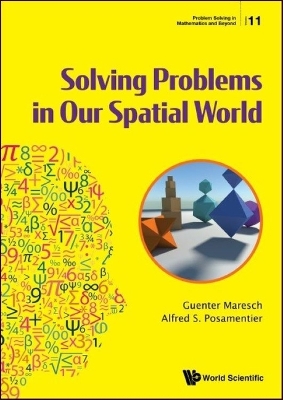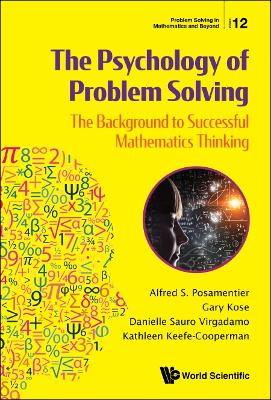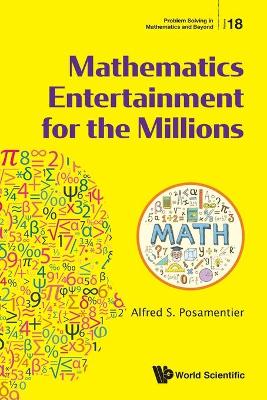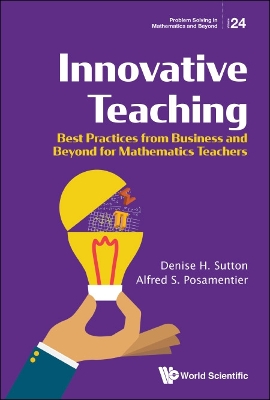Problem Solving in Mathematics and Beyond
10 primary works
Book 1
Problem-solving Strategies In Mathematics: From Common Approaches To Exemplary Strategies
by Alfred S. Posamentier and Stephen Krulik
Book 2
Understanding Mathematics Through Problem Solving
by Alfred S. Posamentier and Peter Poole
Book 5
Strategy Games To Enhance Problem-solving Ability In Mathematics
by Stephen Krulik and Alfred S. Posamentier
Book 8
Book 9
Mathematics Coach Handbook, The
by Alfred S. Posamentier and Stephen Krulik
Book 11
Solving Problems In Our Spatial World
by Alfred S. Posamentier and Guenter Maresch
Book 12
Book 15
Teaching Secondary School Mathematics: Techniques And Enrichment
by Alfred S. Posamentier and Beverly Smith
Book 18
Book 24
